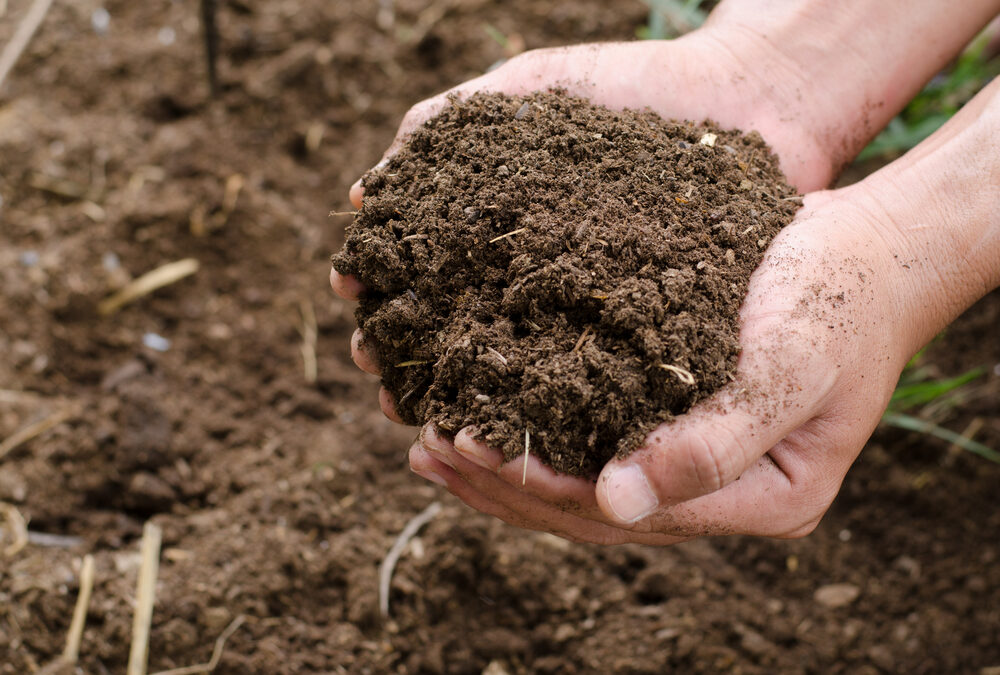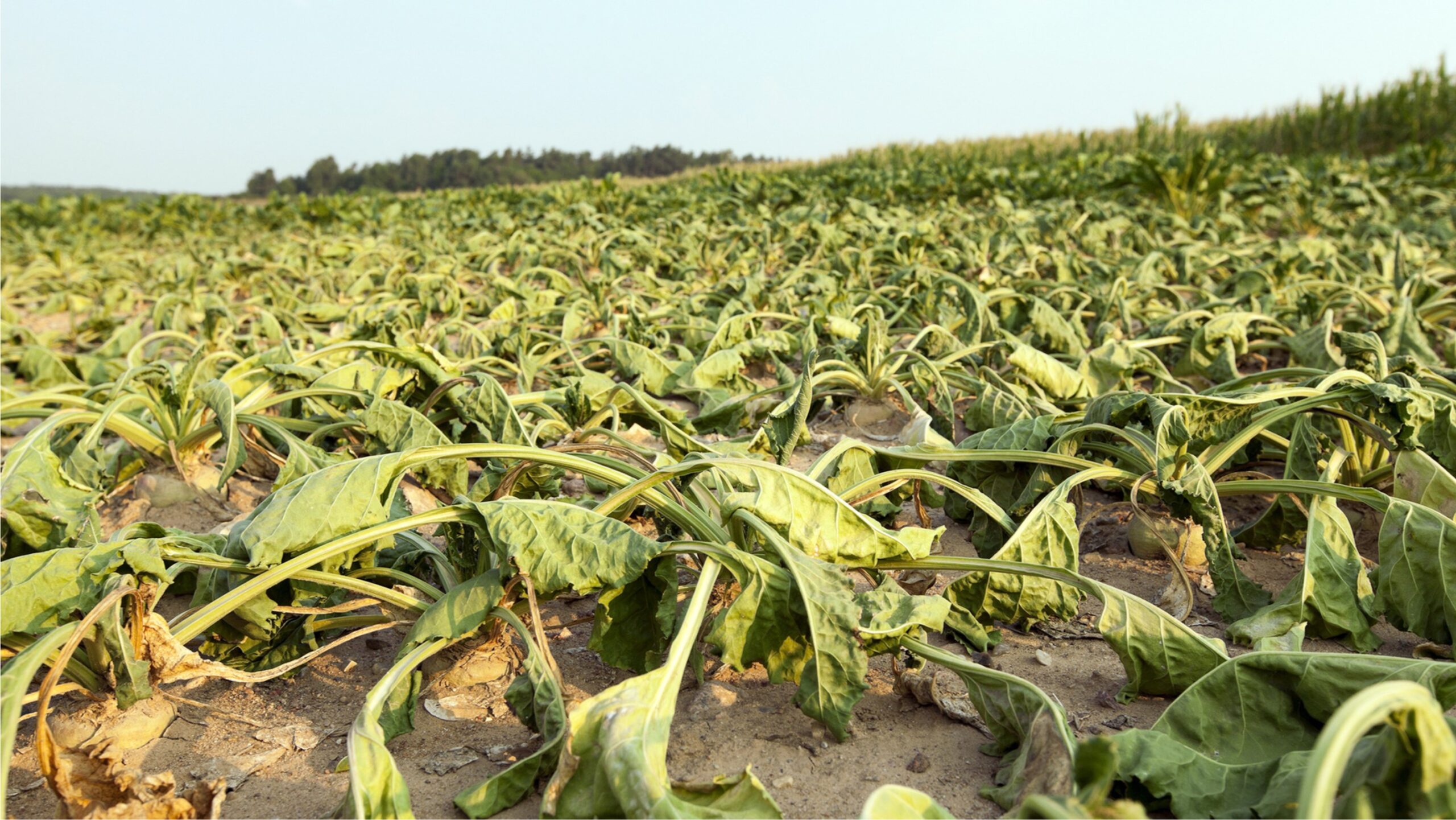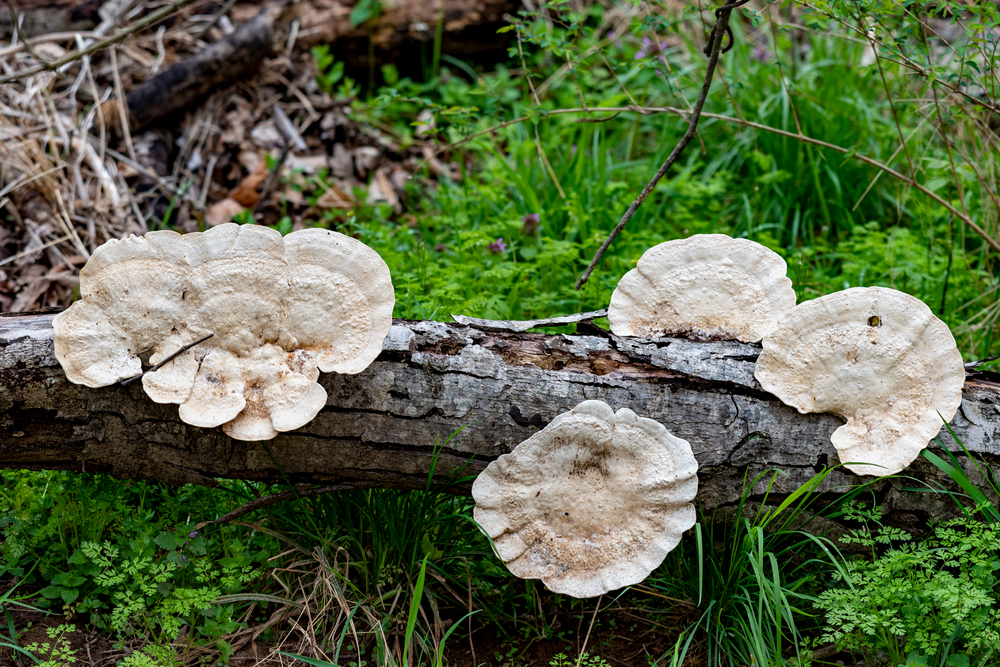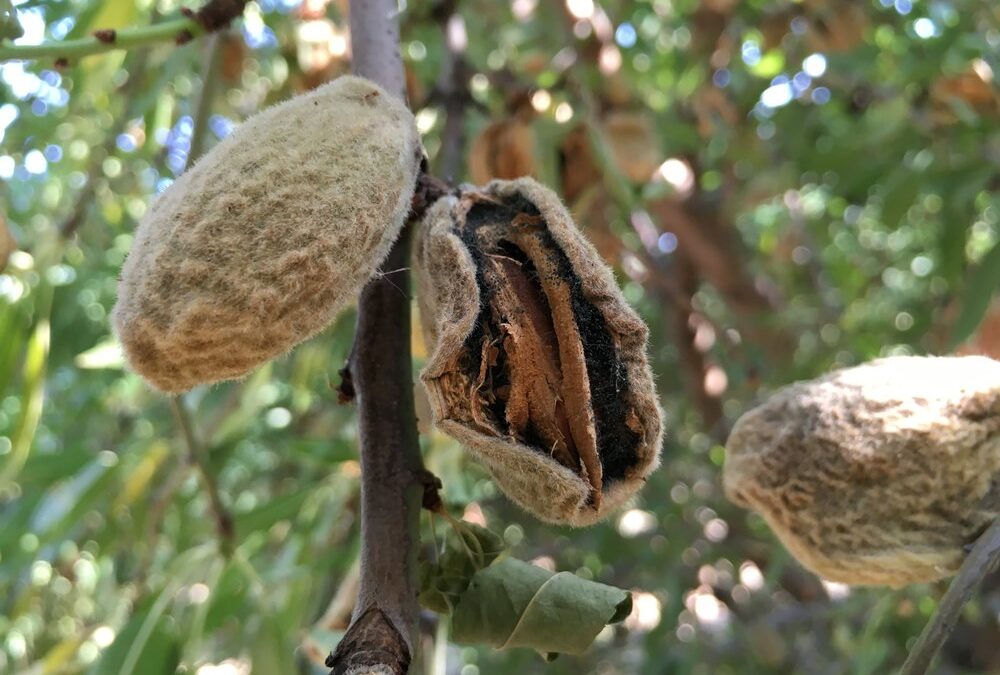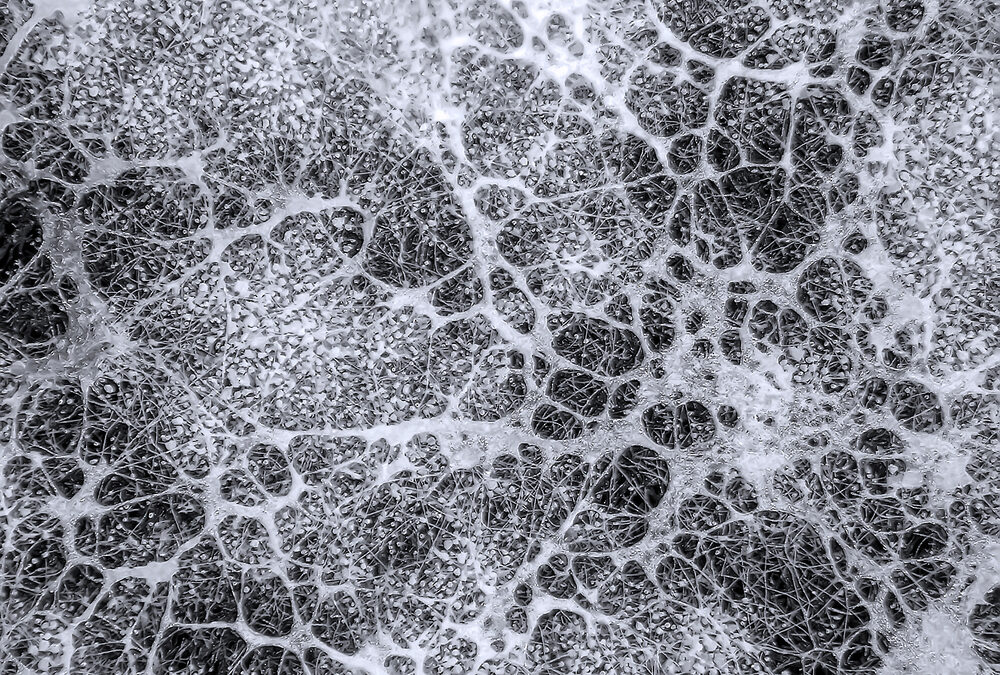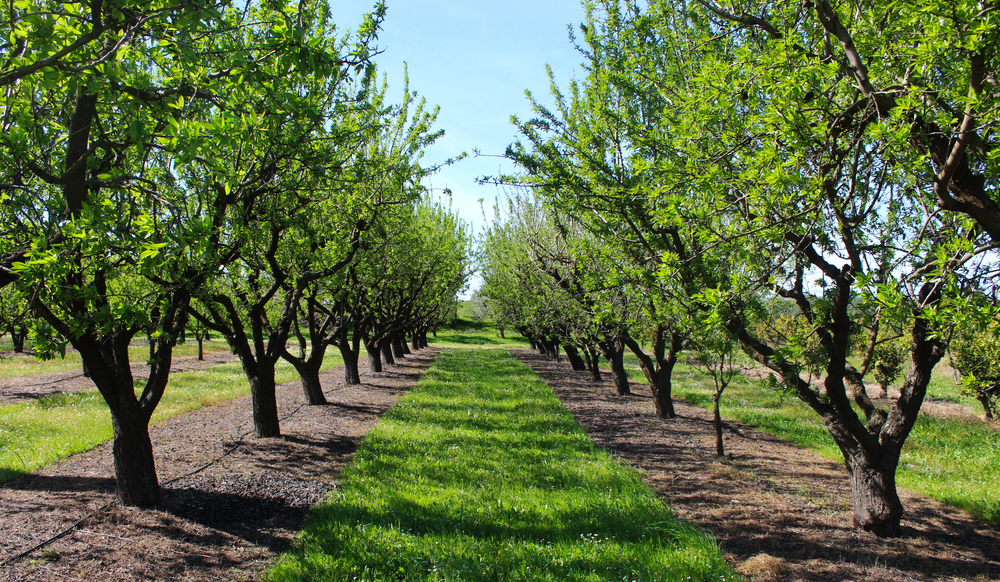Our drought continues to challenge our daily farming practices. Finding new and advanced ways that can save water can add up. When we flush our irrigation lines or sand filters there’s a tremendous waste of water. By reducing this practice and making it more efficient, we can save money. In addition, spending labor dollars on cleaning filters, screens, regulators, etc. is a less productive task than other priorities on the farm. I’ve mentioned our bio-catalyst product in previous newsletters but thought it was particularly important this season given the high mineral content of our water in drought conditions. As we’re avid promoters of soil health, the product must enhance soil biology versus destroy it.



